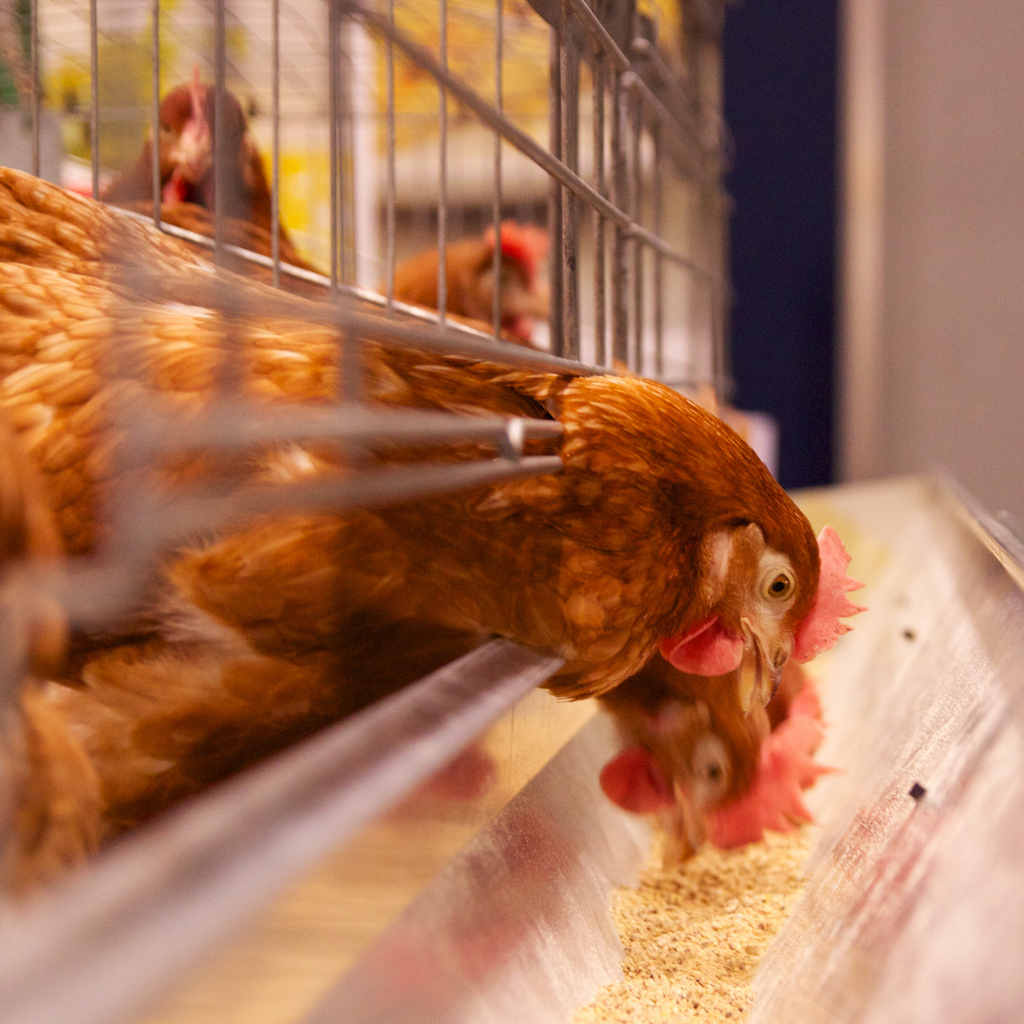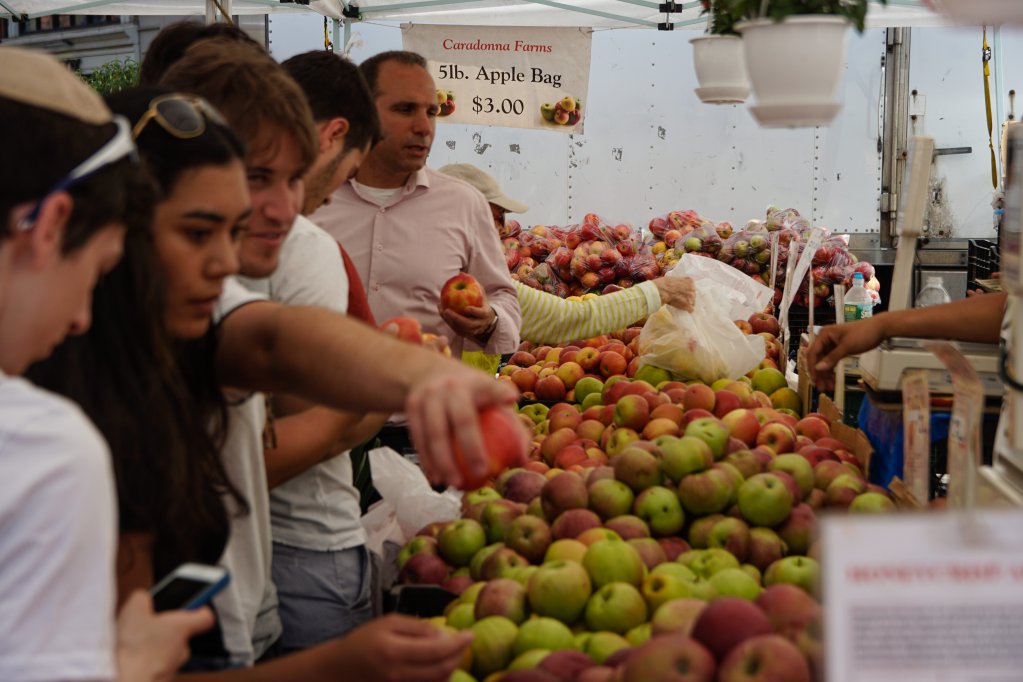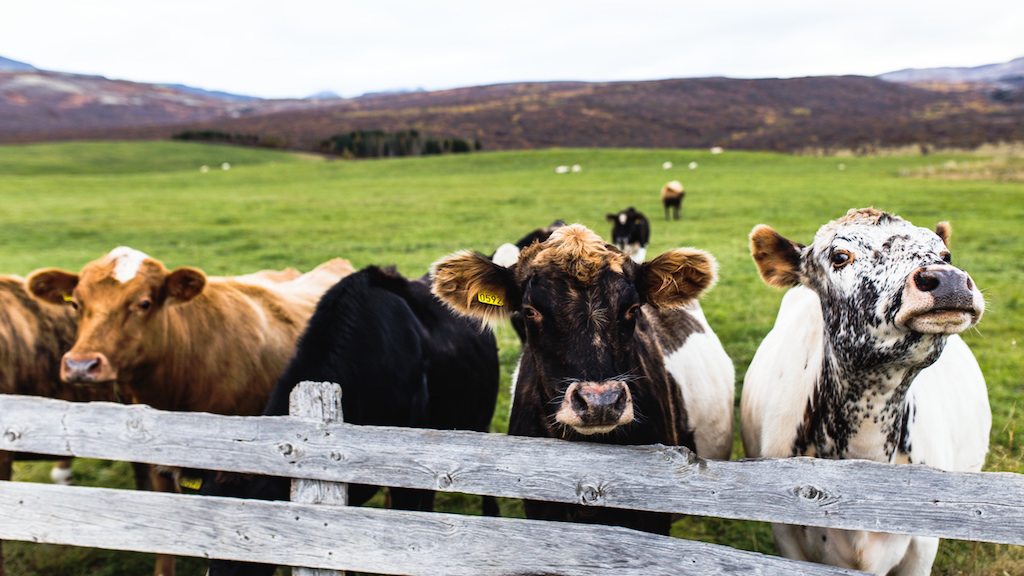
iStock / rkankaro
Jake and Jessica Smith had planned to honeymoon in Hawaii after their wedding in July 2011. It was going to be a week on the island of Kauai enjoying the sights, good food, and each other.
Then they crunched the numbers and realized that it would make a lot more sense to put their $5,000 honeymoon budget toward more practical uses. Jessica graduated from college in 2011, Jake was set to graduate in 2012, and once he did, he would face about $43,000 in student loan debt, while Jessica paid off a much smaller obligation. The couple dreamed of starting a farm one day, which they expected to cost around $300,000 up front. A month before their wedding, they cancelled their flight and hotel reservations.
Eight years and two farming ventures later, their cumulative student loan debt now hovers at around $50,000 and casts a shadow over every decision the family makes. They put about $150 toward the debt every month—but Jake’s share alone accumulates $141.77 in interest for that same time period.
“We don’t travel, we don’t really eat out much,” says Jake, who runs a five-acre, pasture-raised poultry farm in Whitman, Washington. “First-world luxuries just sort of go away.”
 Jake Smith
Jake Smith The Smith family at their poultry farm in Washington state
Two bills introduced to Congress this year would give families like the Smiths some financial relief by codifying loan forgiveness for farmers and ranchers. Farming advocacy groups have lobbied for years to classify both professions as public services, on the basis that agricultural producers perform a crucial job, and the field poses high financial barriers to those who have student loan debt.
In the House, Connecticut’s Democratic Representative Joe Courtney has proposed adding farming and ranching to the list of professions covered by the Public Service Loan Forgiveness program (PSLF), established in 2008 by the College Cost Reduction and Access Act to reduce the debt burden on Americans working in nonprofit sectors. The state’s Democratic Senator Chris Murphy introduced legislation that would establish a standalone debt forgiveness program overseen by the Departments of Education and Agriculture. Both bills are a direct result of advocacy work by the National Young Farmers Coalition (NYFC), a nonprofit established in 2010.
The proposals face significant opposition; similar bills in 2015 and 2017 failed, and Sophie Ackoff, the NYFC’s vice president of policy and campaigns, gives these two only a 50/50 chance of passing. Some agricultural experts have cited the inequity of forgiving student loan debt—a national issue affecting 70 percent of college graduates—for a select group of private-sector workers. Many Republicans, including President Donald Trump, have suggested eliminating PSLF altogether.
PSLF has also been criticized by the very public servants it intends to benefit. The program has rejected a whopping 99 percent of applicants for forgiveness, many of whom claim to have been misled about its specific requirements. In July, the country’s biggest teachers’ union sued Secretary of Education Betsy Devos, alleging mismanagement of the program. Still, NYFC believes its benefits to young and beginning farmers would outweigh its design flaws.
“We also encourage Congress to find fixes to PSLF so that it operates as intended—to provide debt forgiveness to individuals in the pursuit of public service,” Ackoff says. “If and when PSLF operates smoothly and increases its acceptance rate, farmers and ranchers should be a part of it.”
A preliminary Congressional Budget Office (CBO) analysis of the 2015 bill to include farmers under PSLF estimated that doing so would cost between $5 and $10 million per year. Members of the 2017 graduating class face an estimated $29,000 of student debt, on average, and the latest USDA Agricultural Census counts about 918,000 beginning and young farmers. But CBO calculations assume that not all will take advantage of or qualify for PSLF.
This means the clock is ticking for farmers like Jake Smith, who has eight years of farming under his belt and may soon “age out” of the beginning farmer designation. Today, Jake works remotely at a full-time marketing job, which enables him to take care of his chickens before and after work. Jessica is a birth doula in addition to raising their three children, with a fourth on the way. They used to sell their pasture-raised eggs at a farmers’ market on Saturdays, but recently switched to working with specialty retailers, taking a cut in revenue to make their schedule more manageable. The family tries to save, but Jake admits they’re more likely to be in the red. It’s difficult to be precise, because expenses fluctuate by season.
Dedicated loan forgiveness for farmers isn’t unprecedented. In 2014, the New York legislature created a small, state-based program that would forgive up to $10,000 of student debt per year for up to 10 New York-based, full-time farmers each year. Applicants are required to have graduated in the past two years and can receive a maximum of $50,000 in forgiveness, over five years for both public and private higher education loans.
In July, the country’s biggest teachers’ union sued Secretary of Education Betsy Devos, alleging mismanagement of the Public Service Loan Forgiveness program
But opposition to the idea of national student debt forgiveness for farmers stems from a simple fact: This would be aid for workers in the for-profit sector, which feels to critics like a public subsidy for private businesses.
“There is absolutely no reason to make a special program for farmers for student debt forgiveness, other than a wealth transfer to the wealthy,” says Dr. Sarah Taber, a crop scientist and former farm worker. While crushing student loan debt may be a problem for many young farmers, the profession itself is dominated by commodity producers, many of whom have inherited land, wealth, or both. High-income households also carry a disproportionately high share of student loan debt, according to a Brookings Institute analysis.
Taber believes that systemic issues like the student debt crisis require systemic solutions, rather than carve-outs for a select few. Federal student loan debt is currently a $1.48-trillion issue that affects 42.8 million recipients across the country, according to the Department of Education. That total debt is more than double what it was in 2009, a $657-billion debt affecting 32.1 million recipients‚ numbers that indicate average debt per person has risen. According to the latest Federal Reserve data, 60 percent of people between the ages of 18 and 29 took on student loan debt to pay for college, compared to 29 percent of those who are 60 or older, the majority of baby boomers.
“People with high student loan debt have issues with access for anything, not just agriculture,” Taber says. “We have people who are decades behind people older than them in buying a home because of student debt, we have people who are not getting married and starting families because of student debt. This is a problem nationally. It’s not just agriculture, and to behave as if it’s a special agriculture problem is incredibly irresponsible. It’s bad for our economy.”
Ultimately, the passage of loan forgiveness for farmers—as with any change in higher education policy—is contingent on Congress’s willingness to reauthorize the Higher Education Act, the federal law that governs how colleges and universities operate. Though it’s typically updated every four to five years, over a decade has lapsed since it was last overhauled. The bills introduced by Murphy and Courtney are drafts of language that they hope to add to the Higher Education Act in case it does get revised this year.
But if the Higher Education Act is reauthorized, shouldn’t the student debt crisis be addressed at large? That’s what the proposal’s detractors, including Taber, suggest.
“We should be fixing it for everyone because it’s a problem for everyone,” she says.
For some lawmakers, loan forgiveness is an opportunity for belt-tightening rather than expansion. When PSLF was first enacted, the Department of Education estimated it would cost taxpayers $74 billion. In 2016, a Government Accountability Office (GAO) report found that the Department of Education had it wrong by as much as $9 billion over or under that estimate. According to a 2018 CBO estimate, eliminating PSLF beginning in 2019 would result in savings between $18 and $22.4 billion. In 2017, Republican Representative Virginia Foxx of North Carolina introduced a bill that would eliminate PSLF altogether. Although it failed, President Trump introduced a budget proposal last March that suggested axing the program as part of an overall “streamlining” of student loans. According to his plan, all student debt would be forgiven after 15 years, regardless of profession—five years longer than PSLF’s time frame, but five years shorter than current income-driven repayment plans dictate.
I asked Jake Smith whether he planned to send his kids to college one day, knowing what higher education had cost him.
“I’m very torn about having a college degree now, as you can imagine,” he says. “I don’t know that I’ll encourage my kids to get a college degree at this point, at the very least not right when they turn 18…. I think they can make a more informed decision after they’ve lived a few years on their own and paid their own bills.”











